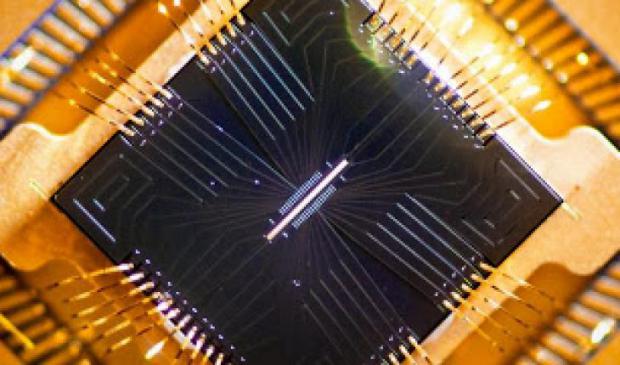
Breaking News
 Visualizing How Much Gold Is Left To Mine On Earth
Visualizing How Much Gold Is Left To Mine On Earth
 US Government Revokes 80,000 Visas
US Government Revokes 80,000 Visas
Top Tech News
 HUGE 32kWh LiFePO4 DIY Battery w/ 628Ah Cells! 90 Minute Build
HUGE 32kWh LiFePO4 DIY Battery w/ 628Ah Cells! 90 Minute Build
 What Has Bitcoin Become 17 Years After Satoshi Nakamoto Published The Whitepaper?
What Has Bitcoin Become 17 Years After Satoshi Nakamoto Published The Whitepaper?
 Japan just injected artificial blood into a human. No blood type needed. No refrigeration.
Japan just injected artificial blood into a human. No blood type needed. No refrigeration.
 The 6 Best LLM Tools To Run Models Locally
The 6 Best LLM Tools To Run Models Locally
 Testing My First Sodium-Ion Solar Battery
Testing My First Sodium-Ion Solar Battery
 A man once paralyzed from the waist down now stands on his own, not with machines or wires,...
A man once paralyzed from the waist down now stands on his own, not with machines or wires,...
 Review: Thumb-sized thermal camera turns your phone into a smart tool
Review: Thumb-sized thermal camera turns your phone into a smart tool
 Army To Bring Nuclear Microreactors To Its Bases By 2028
Army To Bring Nuclear Microreactors To Its Bases By 2028
 Nissan Says It's On Track For Solid-State Batteries That Double EV Range By 2028
Nissan Says It's On Track For Solid-State Batteries That Double EV Range By 2028
$15 million for 100 qubit trapped ion quantum computer project

The Software-Tailored Architecture for Quantum (STAQ) co-design project aims to build a quantum computer capable of solving challenging calculations within five years. Fred Chong, the Seymour Goodman Professor of Computer Science at the University of Chicago, will receive $3 million to lead the STAQ software team, bridging the gap between new architectures developed by the project and theoretical algorithms that apply quantum computing to chemistry, physics and other domains.
The STAQ project will explore a particular quantum computing technology using trapped ions—atoms with electrons removed to give them a positive charge. Researchers then suspend these atoms in an ultra-high vacuum, and use precise lasers to manipulate their quantum states and form qubits, the quantum analogue of a traditional logical computer bit.

 America's 'Ceausescu Moment'
America's 'Ceausescu Moment' The Risk Of AI Isn't Skynet
The Risk Of AI Isn't Skynet Carbon based computers that run on iron
Carbon based computers that run on iron

